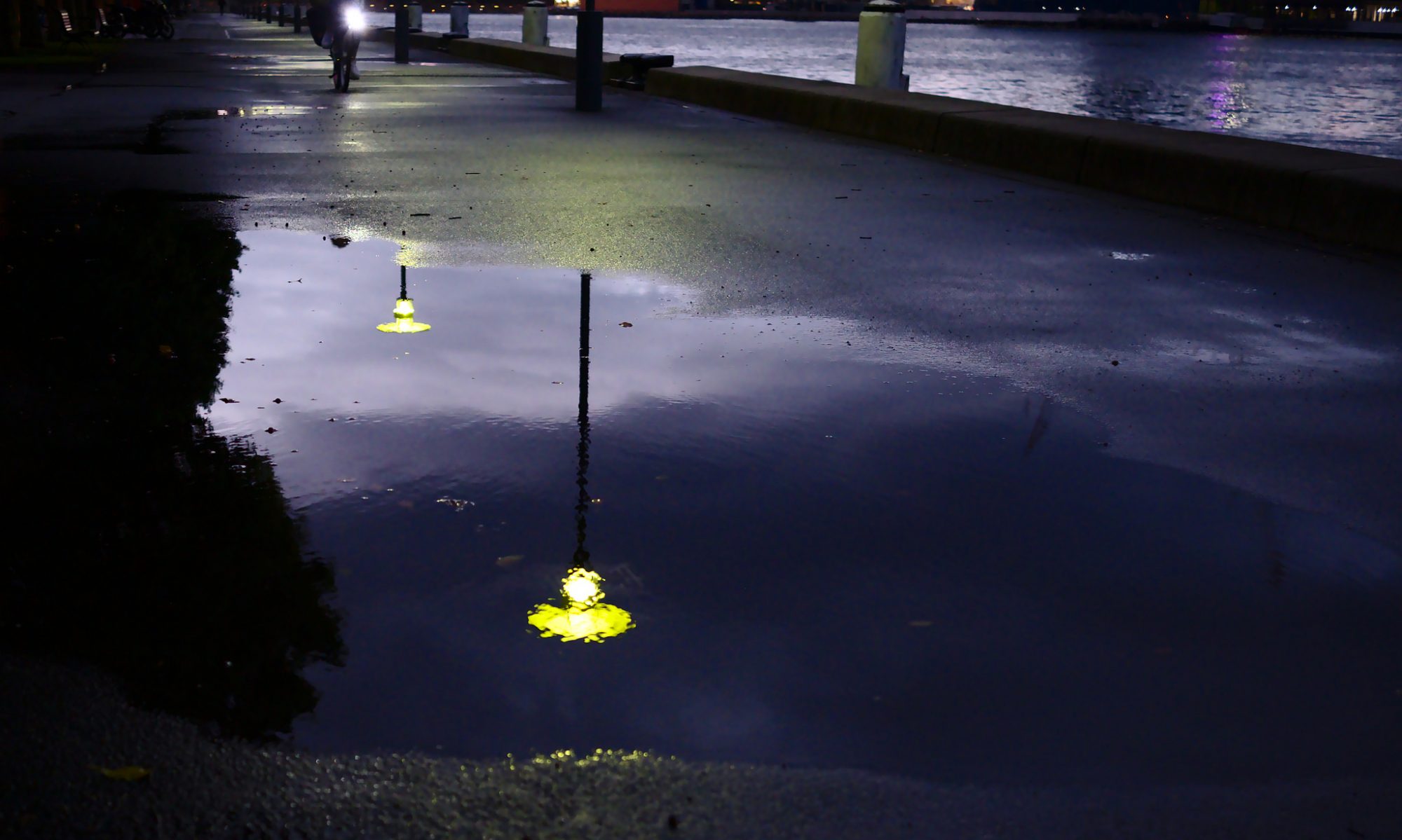This article originally appeared on Hoyden About Town.
In 2013 and 2014 there was a push to introduce legislation which incorporated fetal personhood into law in NSW: Crimes Amendment (Zoe’s Law) Bill (No. 2) 2013. See for example Julie Hamblin’s commentary at the time on how such legislation could be used to further restrict access to abortion in NSW, even when the stated purpose is to allow for abusive violence to fetuses to be punished. The bill passed the Lower House of NSW Parliament but was never put to the Upper House, and thus lapsed in November 2014 when the 55th Parliament ended. It never became law.
Leslie Cannold, speaking to a Greens forum in September 2013 (video here, not subtitled) called on NSW to not only fight a rear-guard action in defending pregnant people seeking abortions from further rights being granted to fetuses, but to follow Victoria (and later Tasmania) in decriminalising abortion entirely. And now Greens MLC Dr Mehreen Faruqi, is campaigning for the decriminalisation of abortion in NSW. Here are some of the facts about abortion access in NSW her flyer gives:
The laws surrounding access to abortion in NSW are very confusing. Abortion is currently in the Crimes Act (Sections 82-84), although court decisions have established that abortion will not be unlawful if a doctor reasonably believes it is necessary to save the woman from serious danger to her life, or mental or physical health[…]
In NSW, an abortion is unlawful unless a doctor deems that a woman’s physical, psychological and/or mental health is in serious danger. The criterion of ‘mental health’ can include economic and/or social factors[…]
Any amendments to the Crimes Act, such as those proposed by supporters of foetal personhood laws risks changing that interpretation. By removing abortion from the Crimes Act, it will no longer be a criminal offence and women and their doctors will no longer have to rely on the interpretation of the law by a court in each case in order to avoid criminal liability.
Learn more about the campaign at the Decriminalise Abortion page on Faruqi’s website. You can help by signing the online petition in support of decriminalisation or collecting signatures offline.
Featured image credit:
Pro_Choice_March-Texas_State_Capitol-2013_07_01-9378.jpg by ann harkness on Flickr.

